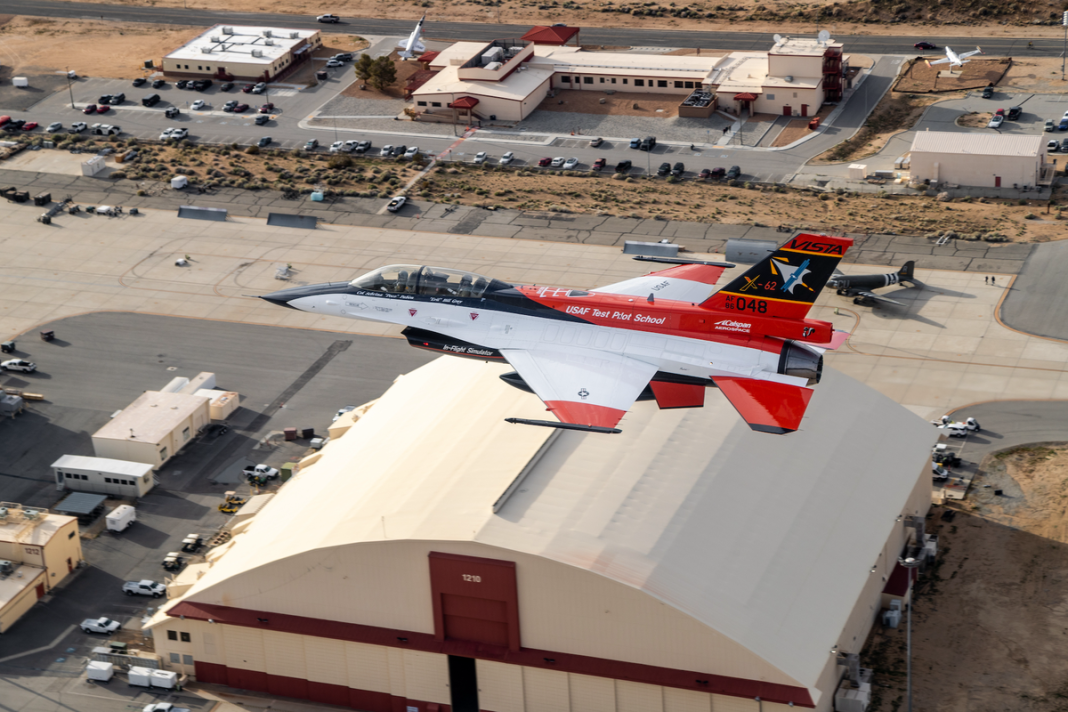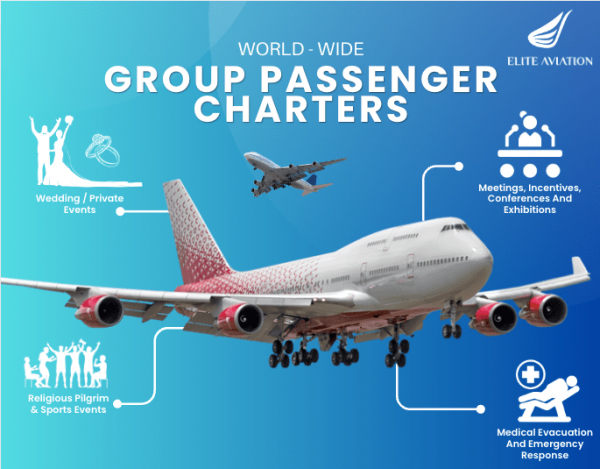[ad_1]
Artificial intelligence is proving to be just as capable, and perhaps much more so, than human pilots in fighter aircraft. The US Air Force and other government and industry partners are testing ways to use AI effectively for dogfights and other missions.
X-62A VISTA Aircraft Tests AI Capabilities Versus Air Force Pilots
In 2023, the Air Force began testing AI capabilities with a modified F-16, the X-62A VISTA (Variable In-flight Simulator Test Aircraft). The AI-controlled X-62A flew 21 test dogfight missions against F-16s with human pilots.

During these flights, the X-62A performed defensive and then offensive maneuvers. These included nose-to-nose engagements where the aircraft got as close as 2000 feet of each other at 1200 miles per hour. They flew with human pilots as a safety measure; however, the pilots did not need to take control during the flights.
While the Air Force has not announced who won the dogfights, the missions demonstrated that aircraft controlled by artificial intelligence can operate safely in complex combat environments. This includes writing code that defines flight parameters to help avoid collisions in the air and on the ground. It also can prevent the deployment of weapons in unauthorized areas.
X-62A VISTA Demonstrates Effectiveness and Flexibility of AI
It was important to prove the X-62A could meet American standards for safety and ethical use of autonomous technology. During these tests, USAF and industry programmers made frequent changes to the software, writing more than 100,000 lines of code.

The X-62A VISTA is a modified F-16. It was designed to simulate different aircraft features to test AI abilities in real-world scenarios. It contains sensors and other systems that allow it to perform complex maneuvers. One of its key advantages over human pilots is its ability to analyze the combat situation and make faster decisions. If AI consistently outperforms human pilots, it will change tactics for aerial combat and all aspects of military aviation.
Virtual Dogfight Competition Pits AI Systems Against Each Other
Before testing the X-62A against a real aircraft, the Air Force and DARPA held a virtual mock combat simulation competition in 2020. Aurora Flight Sciences, EpiSys Science, Georgia Tech Research Institute, Lockheed Martin, Perspecta Labs, PhysicsAI, and SoarTech all entered the competition to determine which had the most capable AI systems.

On the first day, each company’s AI flew virtual missions against unmanned vehicles similar to cruise missiles or large drones. On the second day, the programs flew simulated dogfights against each other. After the first two days, Heron Systems was the overall winner. Heron, with just 30 employees, defeated Lockheed Martin in the final round.
Artificial Intelligence Undefeated Against Skilled Air Force Pilot
On the final day, Heron Systems competed, again virtually, against an actual F-16 pilot. This pilot, from the District of Columbia Air National Guard, with the codename “Banger,” was a graduate of the Air Force Weapons School’s F-16 Weapons Instructor Course.

The simulated F-16, controlled by Heron Systems’ Artificial Intelligence program, defeated the human pilot in five rounds of mock air combat.
Air Force Developing Plans for Teaming Unmanned Aircraft with Next-Generation Fighters
The Air Force is considering other uses of artificial intelligence beyond just using it on test aircraft like the X-62A. Under its Collaborative Combat Aircraft (CCA) program, the service is developing a “teaming” concept that involves manned and unmanned aircraft operating together.

The initial plans are to use large numbers of autonomous unmanned aircraft with fifth or sixth-generation fighters. This will be part of plans for the broader Next Generation Air Dominance (NGAD) program. NGAD will use next-generation fighters, weapons, sensors, and network systems together in the future.
The unmanned aircraft will be able to work in tandem with fighter pilots or operate as swarms of drones without direct human control. They will also be able to perform missions like carrying weapons, flying ahead of other aircraft to gather intelligence, providing early warnings, and conducting electronic warfare tasks.
Future Plans Must Account for AI Surpassing Human Capabilities
AI-controlled aircraft have the potential to far exceed the performance of those with human pilots. One of the companies involved in developing artificial intelligence for military aircraft is Shield AI. Company President and co-founder Brandon Tseng spoke about AI’s potential.
“You always have the best AI pilot on an aircraft at any given time,” said Tseng. “We win 99.9% of engagements with our fighter jet AI pilot, and that’s the worst that it will ever be, which is superhuman. So when you talk about fleet learning, that will be on every single aircraft, you will always have the best quadcopter pilot, you’ll always have the best V-BAT pilot, you’ll always have the best CCA pilot, you name it. It’ll be dominant.”

In the future, the Air Force will have to make decisions concerning the role of artificial intelligence and the continued use of human pilots.
[ad_2]
Source link


